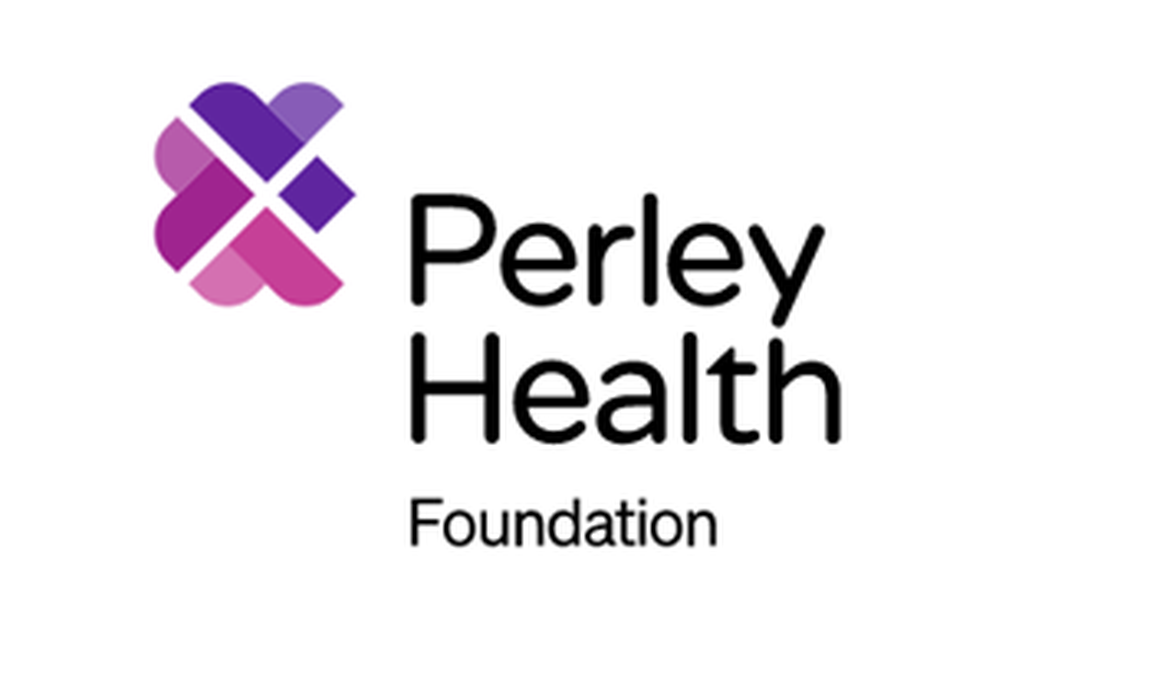Honouring their Values

Ruth and James (Jim) Gray’s decision to leave significant gifts in their wills to the Perley Health Foundation honours their values. During their lifetimes—Jim passed in 2014 and Ruth in 2022— each also donated regularly to the Foundation.
“Jim served in the Royal Canadian Air Force during the Second World War,” says niece Karen Martin, executor of her Aunt Ruth’s estate. “And his time in uniform marked the rest of his life and profoundly influenced Ruth. Although neither one lived or received care at Perley Health, they both appreciated the exceptional care that Veterans receive there.”
Ruth Gray (née Johnsen) emigrated from Denmarkwith her family before the Depression. Jim came of age in Cornwall, Ontario and enlisted in the Royal Canadian Air Force at age 18. The two met
at a bowling alley after the war, soon became inseparable and eloped in 1962. They settled in Ottawa, where both enjoyed long careers in the public service: Ruth in municipal government and Jim with the federal government. The two enjoyed skiing, golf and tennis; Ruth was also a talented seamstress and painter. They spent summers at the cottage that Jim built in the Gatineau Hills and eventually spent their winters at their condo in Florida.
“They were a private couple and I didn’t get to know them very well until my husband and I also bought a property in Florida,” says Karen Martin. “They were always willing to help family, though.” Niece Lisa Gray thoroughly researched Jim’s wartime service. Between 1942 and 1945, Jim completed a total of 43 missions for Bomber Command, including 31 missions aboard a Lancaster as a bomb aimer for attacks on Nazi Germany. Other missions included deliveries of food and humanitarian aid. Although eligible for transfer after completing 25 missions, Jim chose to continue.
“Like many Veterans, Jim rarely spoke about his years of service,” says Lisa Gray. “As Jim approached his 25th mission, he chose to stay because they had survived as a group—which was exceptional—it was considered bad luck to break up the crew. Several of Jim’s fellow crew members needed to complete more missions to reach that milestone, so he stayed on.”
Of the approximately 125,000 airmen to serve in Bomber Command (including 50,000 Canadians), 55,573 died in action—a mortality rate of 44.4 percent, the highest of all the armed services. While Allied bombing raids damaged Nazi war infrastructure, they also killed many German civilians—500,000 by some estimates—creating a conflicted legacy for Bomber Command in the decades after the war. Only in 2011 did Commonwealth countries begin to honour the
men who served in Bomber Command.
“In 2012, the Government of Canada finally created a special medal—the Bomber Command Bar—for those who served,” says Lisa Gray. “By that time, however, only 17 Canadian Bomber Command Veterans were still alive. Uncle Jim was bitter that the recognition took so long and declined the invitation to attend a ceremony to receive his medal in person. I have no doubt that his wartime experience left him with psychological scars for the rest of his life.”
After the war, Jim never got into an airplane again. He kept in touch with members of his crew, but declined invitations to attend reunions in Europe.
“Uncle Jim always seemed a bit restless,” says Lisa Gray. “He always positioned himself in the room so that he could see the door.”
“Uncle Jim and Aunt Ruth were patriotic Canadians who believed in service and commitment to God, King and Country,” says Karen Martin. “Their gift-in-will to Perley Health and to four other charities reflects this commitment. We will miss them forever.”
Written by Peter McKinnon

